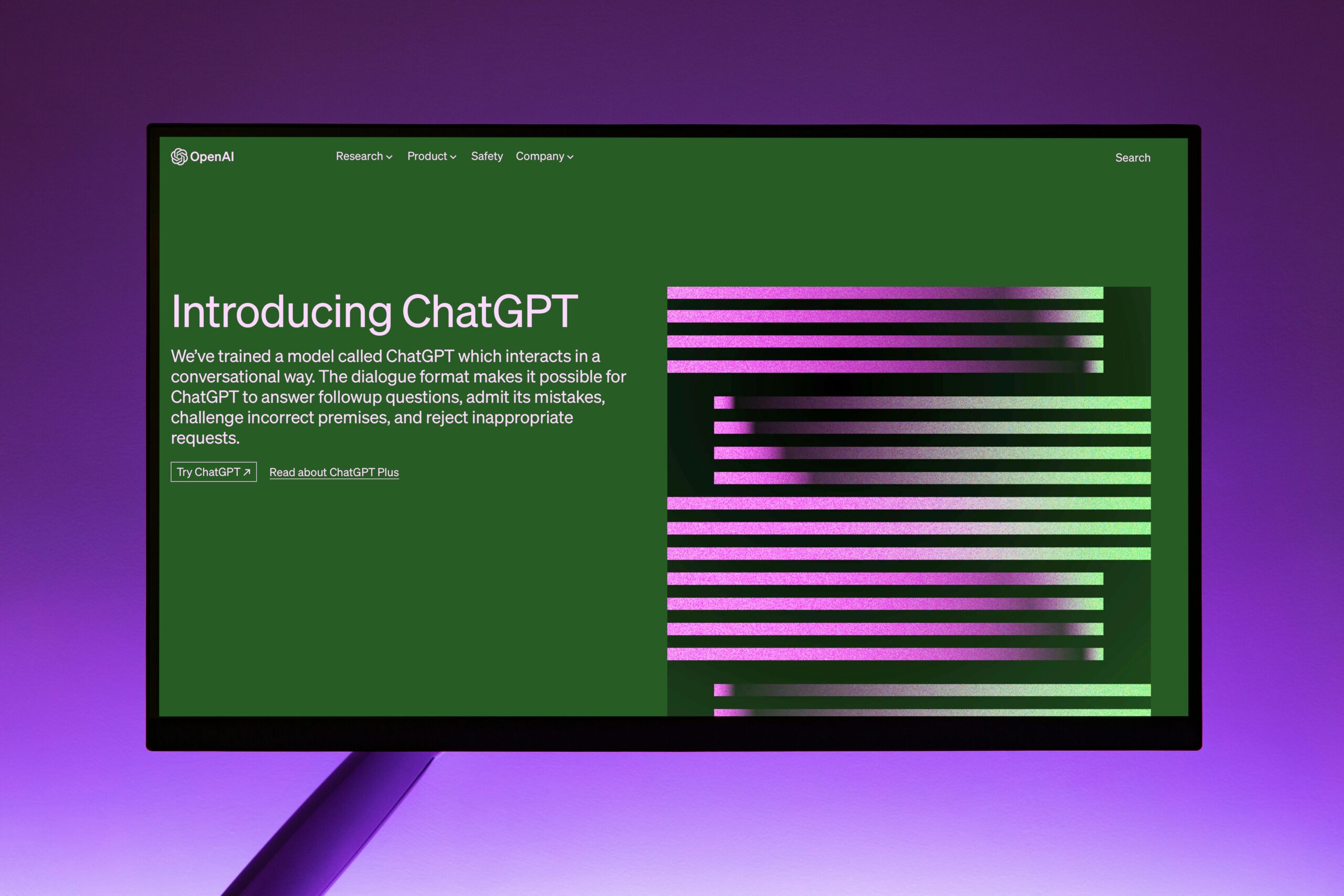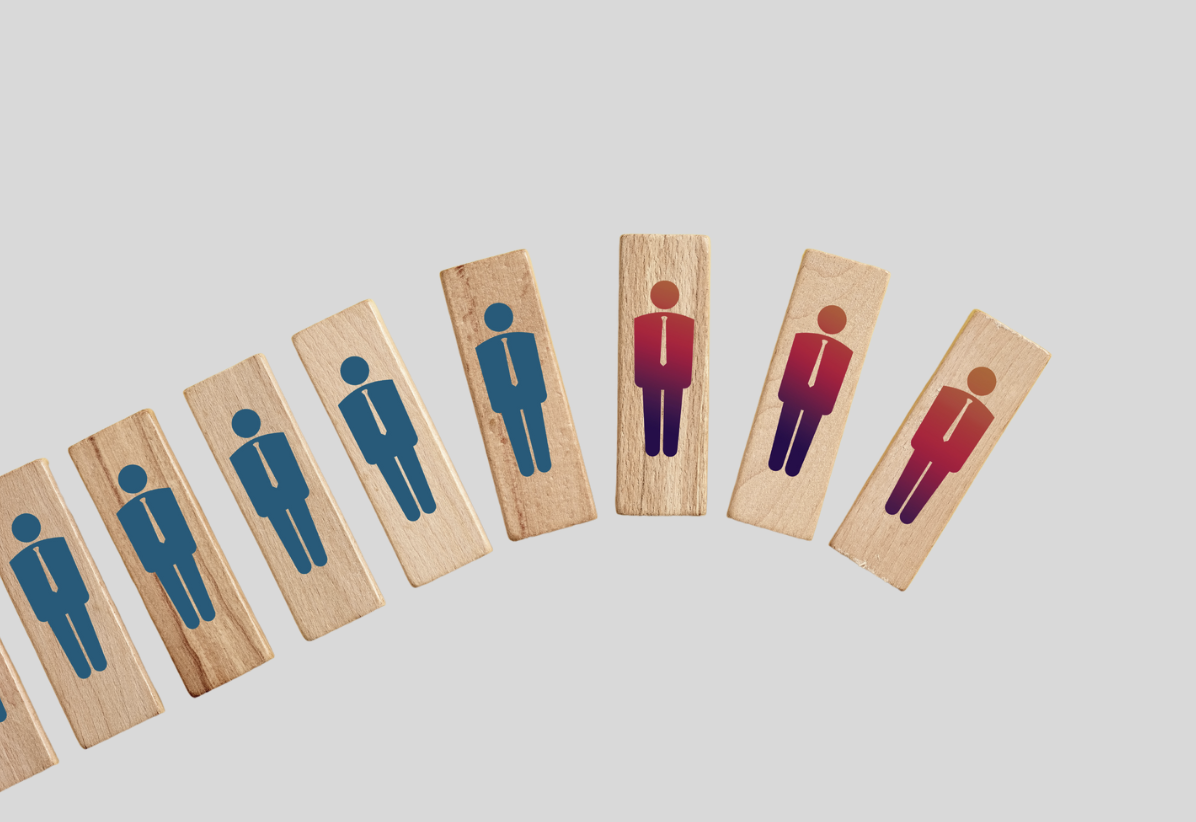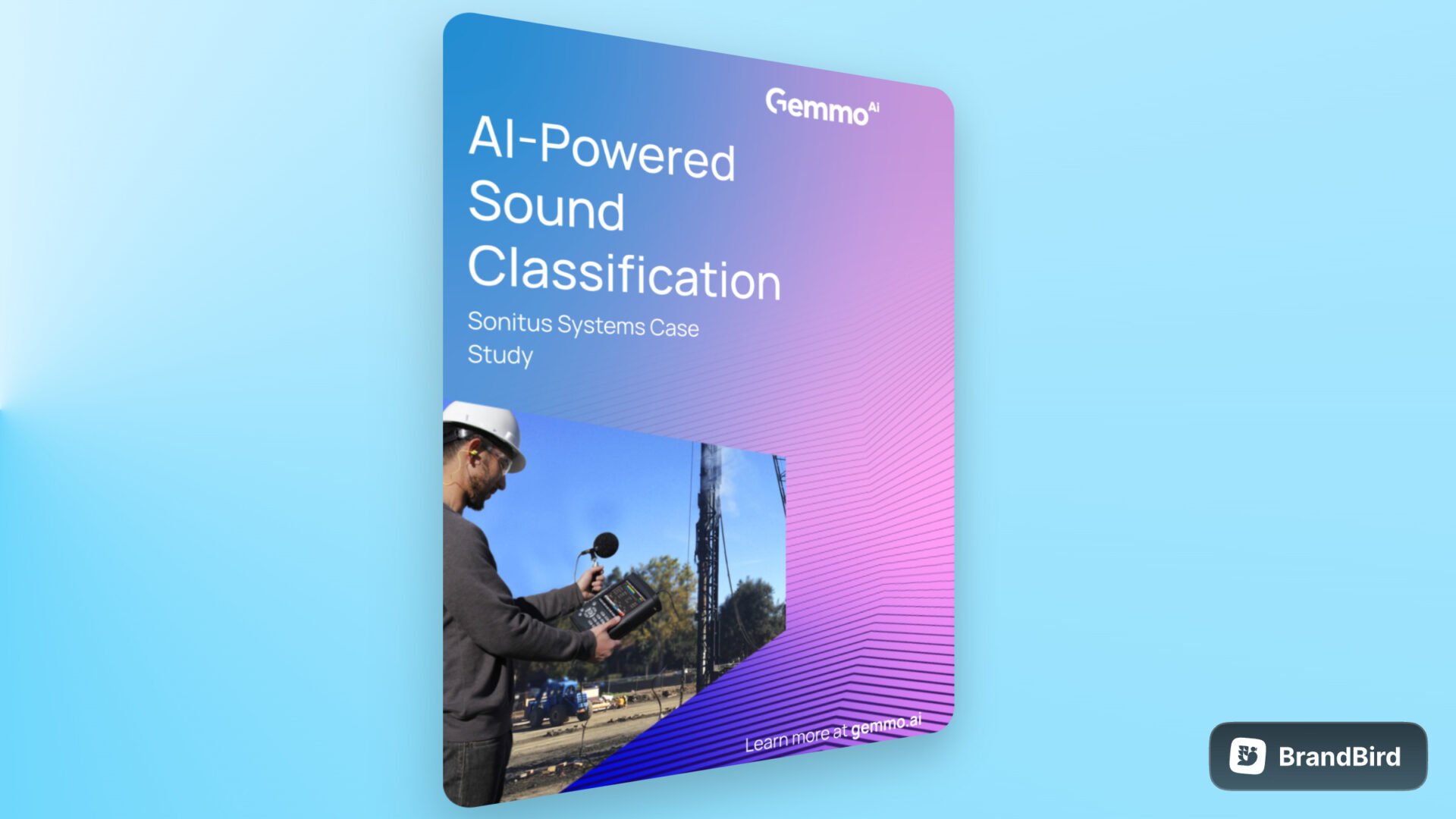Noise Pollution Effects are Overwhelming Hospitals
Hospitals, by nature, harbour the most vulnerable segments of society. These groups, burdened by diminished capacity to cope with stress, inherently demand a tranquil environment – free from the effects of noise po...

Hospitals, by nature, harbour the most vulnerable segments of society. These groups, burdened by diminished capacity to cope with stress, inherently demand a tranquil environment – free from the effects of noise pollution.
Imagine trying to recover from an illness or surgery, and the constant barrage of noise keeps you awake and agitated. For many patients, this is a reality they face while receiving care in a hospital setting.
Excessive noise can have significant consequences on patient experience and the overall work environment for healthcare professionals. Often overlooked, noise in hospitals is a growing concern and one with few resolutions—until AI.
The Challenging Effects of Noise Pollution in Hospitals
Noise pollution has become increasingly prevalent within modern healthcare facilities. Alarmingly high levels of ambient noise are present nearly everywhere—from waiting areas and wards to intensive care units.
In a 2018 editorial from King’s College London, lead author Andreas Xyrichis wrote,:”Even in intensive care units, which cater to the most vulnerable patients, noise levels over 100 dB have been measured, the equivalent of loud music through headphones.”
As a result, excessive background noise poses challenges for patients and staff alike. Among others, some of these challenges include:
- Disturbance in peaceful recovery: Patients require an environment conducive to restful sleep for healing. Elevated noise levels hinder their ability to relax, affecting not only their ability to sleep but also their general comfort during their stay.
- Challenging work conditions: Healthcare professionals depend on clear communication with each other and their patients. High ambient noise creates difficulty in understanding instructions or effectively consulting with physicians or nursing staff members.
- Health hazards: Exposure to consistent background noise can have detrimental impacts on psychological well-being, contributing to increased stress levels, irritability, and fatigue.
Causes of Noise Pollution in Hospitals
1. Medical Equipment
One of the primary contributors to noise pollution in hospitals is medical equipment. Machines such as ventilators, infusion pumps, and monitors generate constant noise that can be disruptive to patients and staff.
Additionally, the regular use of diagnostic devices like CT scanners or MRI machines generates loud noises that can contribute to an already noisy environment.
2. Hospital Staff Activities:
Another significant source of hospital noise pollution comes from staff activities. A normal working day in a hospital undoubtedly incites noise, arising from conversations, alarms, paging systems, and even footsteps.
Healthcare professionals must communicate effectively to coordinate patient care. However, raised voices or ongoing background chatter can add further to unwanted sound levels.
3. Intercom Systems:
Hospitals rely on intercom systems and paging systems to communicate important information to staff members. Frequent overhead announcements, paging, and intercom conversations can generate high noise levels.
This is especially prevalent when they occur in close proximity to patient areas.
4. Patient Activities:
Patients in hospitals may engage in various activities that can generate noise. Activities such as talking, moving around, watching television, or using electronic devices are all commonplace in waiting rooms and wards.
While these activities are often unavoidable, they too can contribute to the overall noise levels in the hospital environment.
5. Construction and Maintenance:
Hospitals are dynamic environments that undergo construction, renovations, and maintenance work from time to time. These activities can create loud noises, such as drilling, hammering, or machinery sounds, which can disrupt the tranquillity of the hospital setting.
6. Sirens:
All of us have, at some point, flinched at the sound of an ambulance siren too close in our hearing range. On hospital grounds, this occurrence is commonplace. The noise of the sirens can be extremely loud and harmful to those in close proximity.
Effects of Noise Pollution in Hospitals
The negative effects of noise pollution in hospitals extend to both patients and staff. One of the main problems caused by excessive noise in hospitals is the impairment of communication.
This can make it difficult for patients to understand medical instructions, and for staff to effectively communicate with one another. As a result, communication breakdowns may lead to medical errors, misinterpretations, and reduced quality of healthcare.
Moreover, hospital noise has been linked to a range of health issues, including:
- intensive care psychosis,
- hospital-induced stress,
- increased pain sensitivity,
- high blood pressure,
- poor mental health.
The constant noise can be particularly harmful to patients who are already in a vulnerable state due to illness or injury.
Gemmo AI’s Solution: An AI for Sound Analysis in Hospitals
Recognising the profound impact of noise pollution in hospitals, we have developed a cutting-edge solution to tackle this pervasive issue. Introducing Gemmo’s Sound Analysis APIs—an advanced technology that harnesses the power of artificial intelligence to better understand and interpret sound.
With our state-of-the-art system, audio events can be easily identified, noise impact can be assessed. As well as this, anomalies can be detected.
By simply providing an audio file or streaming data from a microphone, our API analyses sound with unparalleled accuracy and efficiency. Leveraging the capabilities of artificial intelligence, our system comprehends sounds with human-like precision, opening up endless possibilities for sound analysis.
Our sound API features a model zoo, built on datasets of various sound types. Within our model zoo, we have a focused data set for indoor sounds, taking into account the unique noises found in hospitals, such as alarms, door slamming, machinery, sirens, and glass breaking.
How Gemmo’s API can help lower the effects of noise pollution in hospitals
By tracking these noise sources, our AI provides valuable insights that enable proactive measures to be taken, deterring and mitigating noise disruptions in hospitals and other indoor environments.
With Gemmo’s Sound Analysis APIs, hospitals can gain a deeper understanding of their acoustic landscape. Targeted interventions are then allowed, in order to minimise noise pollution.
By identifying and addressing the sources of noise, healthcare facilities can create a more serene and conducive environment for healing, improving patient outcomes and enhancing the well-being of medical professionals.
Final Thoughts: Peaceful hospitals
By leveraging artificial intelligence, we can accurately analyse and identify noise sources, enabling proactive interventions to create healing environments with reduced noise levels. By prioritising noise reduction initiatives, hospitals can enhance patient outcomes, improve communication, and foster a more serene atmosphere for healing to thrive.
Let us embrace these innovative solutions and work towards quieter hospitals, where the power of silence aids in the recovery and well-being of all.



